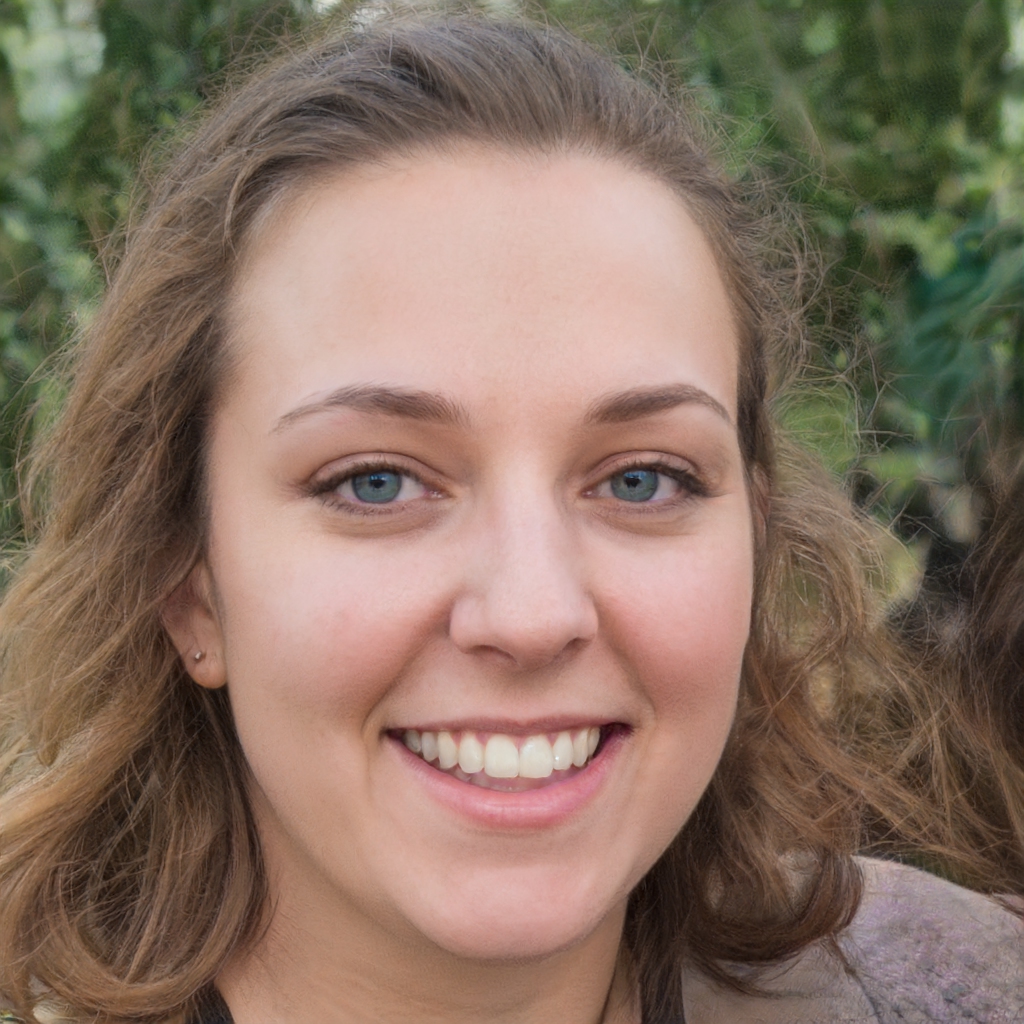Vouchers and charters not the only school reform solution
Not all initiatives geared toward improving student performance and school competitiveness have to do with punitive benchmarks and the threat of charters or
Jul 31, 2020350 Shares350K Views
Not all initiatives geared toward improving student performance and school competitiveness have to do with punitive benchmarks and the threat of charters or vouchers plucking pupils and tax dollars away.
Districts can also sponsor change internally, leaning on new interactive media platforms to break outdated modes of learning while preparing students for a future that not only relies on technology for convenience, but demands its understanding to stay competitive globally.
A story in The Iowa Independent, a sister publication of The American Independent,highlightsa school district in the Hawkeye State that has dropped textbooks and workbooks for grades six and up in favor of laptops. Van Meter Community Schools has become a model institution, hosting 500 educators and dignitaries as they glean the best approaches to free up learning while upping a student’s knowledge intake.
On a costs basis, relying on high-tech consumer items comes down to $50 per device, saving the schools money on workbooks that were the largest expenditure as it dropped the bound paper and leased roughly $150,000 worth of Apple Macintosh laptop computers and products.
The author of the story, Beth Dalbey, writes the district began mapping its tech-focus education approach six years ago over concerns a fast-growing portion of the county would swallow the small school system.
Here is a sample of the story that illustrates some of the advantages to an interactive classroom:
“„Behind Van Meter’s looking glass, students – or learners, as they’re known in the lexicon of 21st-century education – are more likely to browse the World Wide Web than traditional library shelves when researching papers and presentations. It’s a world where computer literacy is integrated in early childhood education, and young learners use technology to join a national celebration of Dr. Seuss’s birthday on Read Across America, or to drop in virtually on the Iditarod sled dog race in Alaska, where they find real-world applications for geography, math, history and biology. Or they might, as aspiring filmmaker Michael Kinley, 13, was on a typical morning in the classroom, be involved in a video chat with a classmate in Alaska about the scheduling commitments they both would have to make to include a young man from India in their fledgling virtual video editing club.
“„Laptop and tablet computers, smart phones and an emporium of other hand-held gizmos make it easier to personalize each student’s education and tailor instruction of the state’s core curriculum in areas that ignite their passions for learning, according to Van Meter school officials. What students research is important, educators say, but not as important as knowing how and where to access information, how to source and verify it, and how to apply it to real-world situations – a skill set that Carver says makes Van Meter graduates “some of the best prepared kids In Iowa” as the information age ends and what he calls the age of creativity and imagery begins.
There are other models for eschewing rising pressure from school choice advocates like the American Federation for Childrenand the Obama administrationto allow more charter schools and privately managed education groups to operate in public districts.
In New Jersey, a program called the Interdistrict Public School Choice Program allows schools with open enrollment slots to offer those spaces to out-of-district students through a lottery. When it was envisioned 12 years ago, the program was meant to allow students to move from one crowded district to a less cramped one. Last year Republican Gov. Chris Christie signed a law allowing any jurisdiction to participate, with over 50 districts signing up. For small schools, it’s a boon to their enrollment and their finances as money travels with the student.
But that’s not the only benefit to this open student exchange. An April article from MyCentralJersey followeda particularly diverse school’s decision to enter the program:
“„But the deciding factor…was the impact of the Global Awareness Group, an issue-oriented and civic-minded after-school activity that stocks local food pantry shelves, sells baked goods for a women’s shelter and raises money for international victims of poverty, human rights abuses and catastrophe.
“„[…]
“„Justice Hehir, 17, president of the Global Awareness Group, will have graduated by 2012-13, yet she said she is excited about the possibility of the program expanding with interdistrict students. The more students in the program, named GAG for short, the greater impact it can have, said Hehir, now a junior. “More people from different towns can further the potential to carry change,” she said. “In terms of what we can do to get messages out there and getting people involved as global citizens, it’s a great opportunity.”
An audit of the program written by researchers at Rutgers University before the program was scaled up in 2010 concluded[PDF] the interdistrict choice effort has been successful in allowing the state’s public education system to be more responsive to parents and students. However, their findings also showed the limited number of district participation was hurting the other goals of acquiring an-across-the-board enrollment equilibrium. It is likely those concerns have been mitigated with the program’s expansion.
The media-heavy curriculum observed in Iowa is not an isolated case either. Websites like EdSurge are dedicated to expanding technologies into the classroom, helping teachers practice their profession more freely and with greater agility. And while Steven Pearlstein of the Washington Post opinedthe increased role of media and software could make many teaching positions redundant, other commentators propose instead educators will become(PDF) facilitators of knowledge, helping students use the available tools to learn what they want.

Hajra Shannon
Reviewer
Latest Articles
Popular Articles